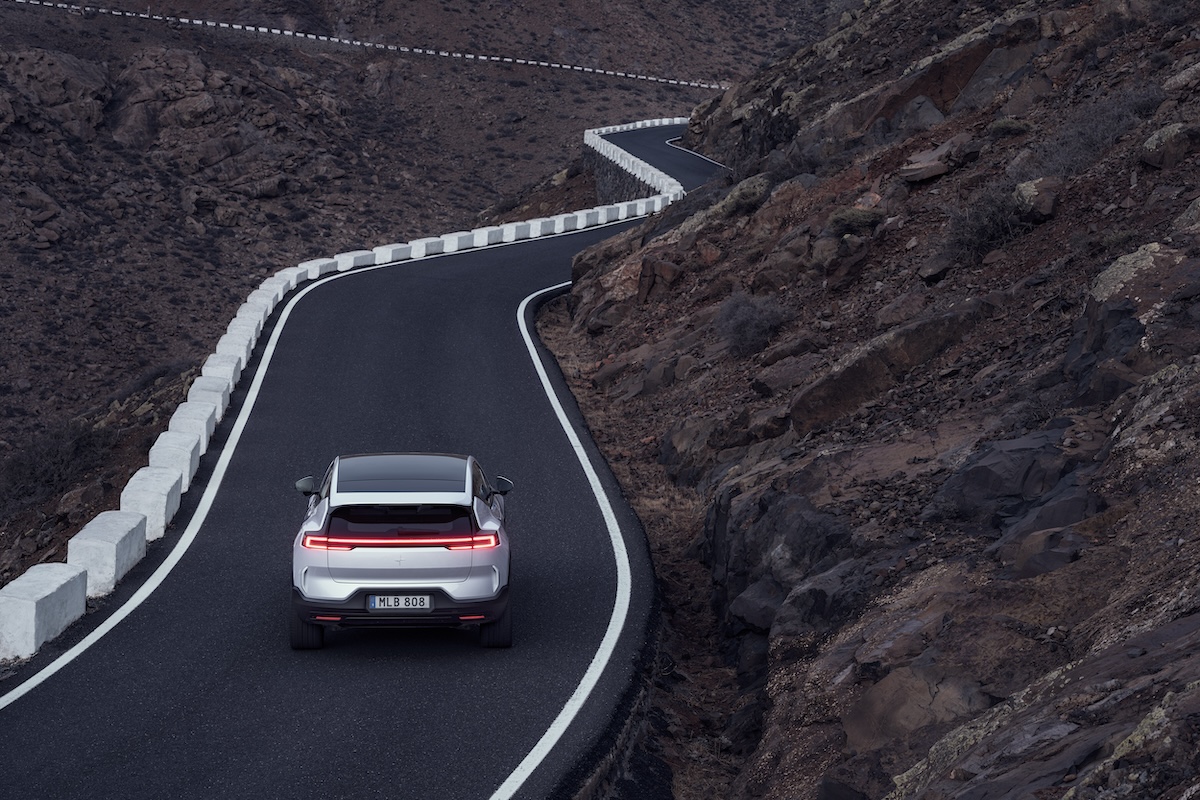
The automotive world is in a state of uncertainty, there’s no doubt about that. Electric-only brands are making rapid advances into the unknown while commentators tout hydrogen and synthetic fuels as a better solution, and armchair critics brand EVs as being farcical in the first place. It’s no wonder consumers don’t know what to do. One thing all can agree on is that the climate needs an answer. Will EVs go on to become the more widely-adopted and accepted solution? The truth is, no one really knows what’s going to happen.
According to the website Insideevs.com, the US electric vehicle market saw its best year of sales yet in 2023. The research firm Canalys is predicting the global EV market will grow by 27 percent in 2024, although this will represent a slowing in growth overall. But the problem for many consumers who are still on the fence, not least petrolheads fighting the tide, is that the upfront carbon emissions created by EV production are massive. This “carbon debt” gets delivered with the car, paid off as you drive until you reach a zero emissions “breakeven point,” typically within the first one to two years of ownership.
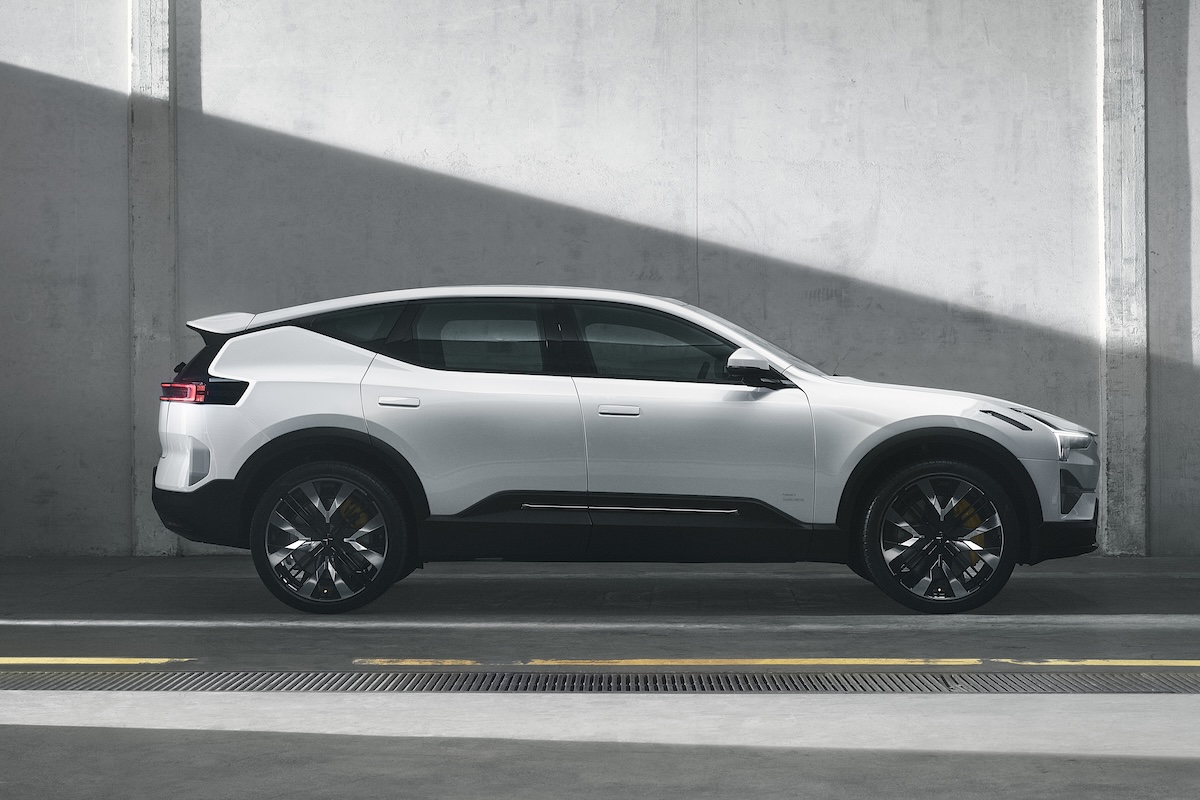
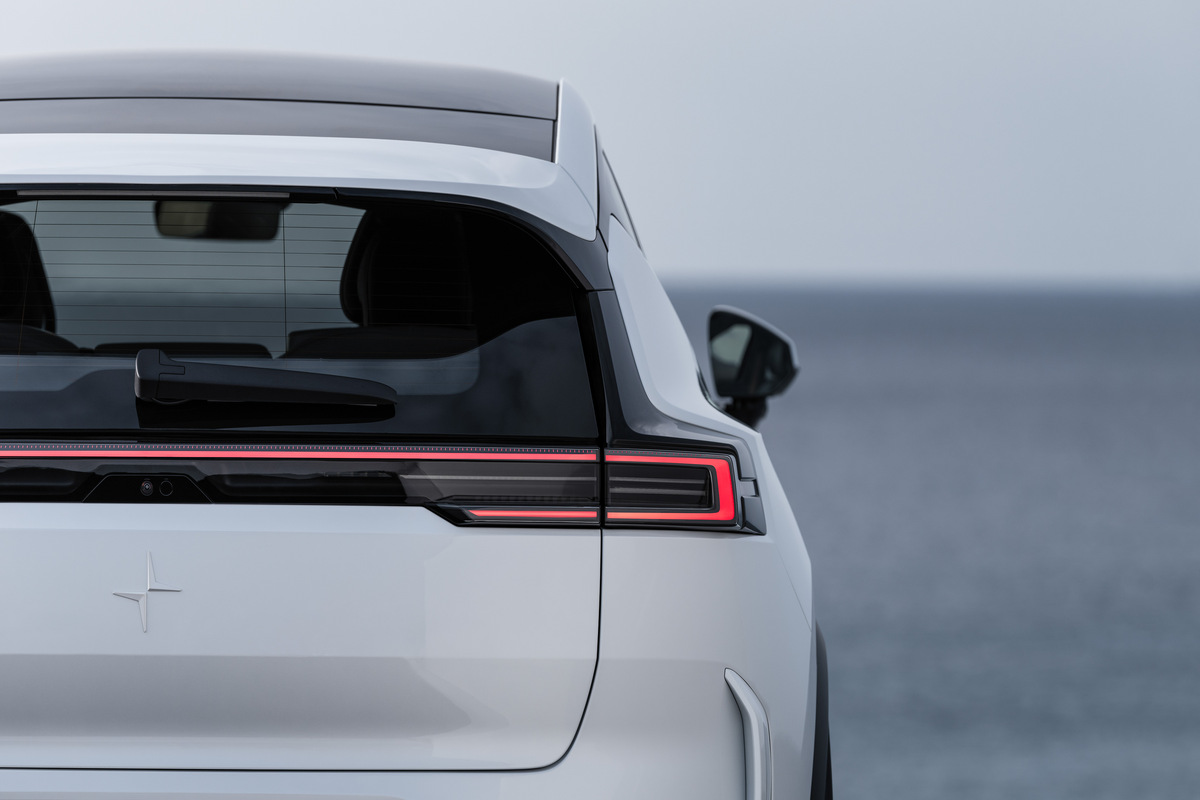
Decarbonizing the supply chain and eliminating emissions during production, however, could go some way to increasing consumer confidence in EVs. And it would, obviously, make it a far more scalable solution for our climate. But such a challenge might not sound possible, when you consider the number of processes, materials and suppliers needed to create a car. But perhaps it’s not impossible.
That is the belief of Polestar 0—an ambitious research project designed to decarbonize the supply chain and create a truly carbon neutral car by 2030. But can it really be done? During an interview at Polestar’s Swedish headquarters, Fredrika Klarén, head of sustainability, sat down with us to help dissect the answer.
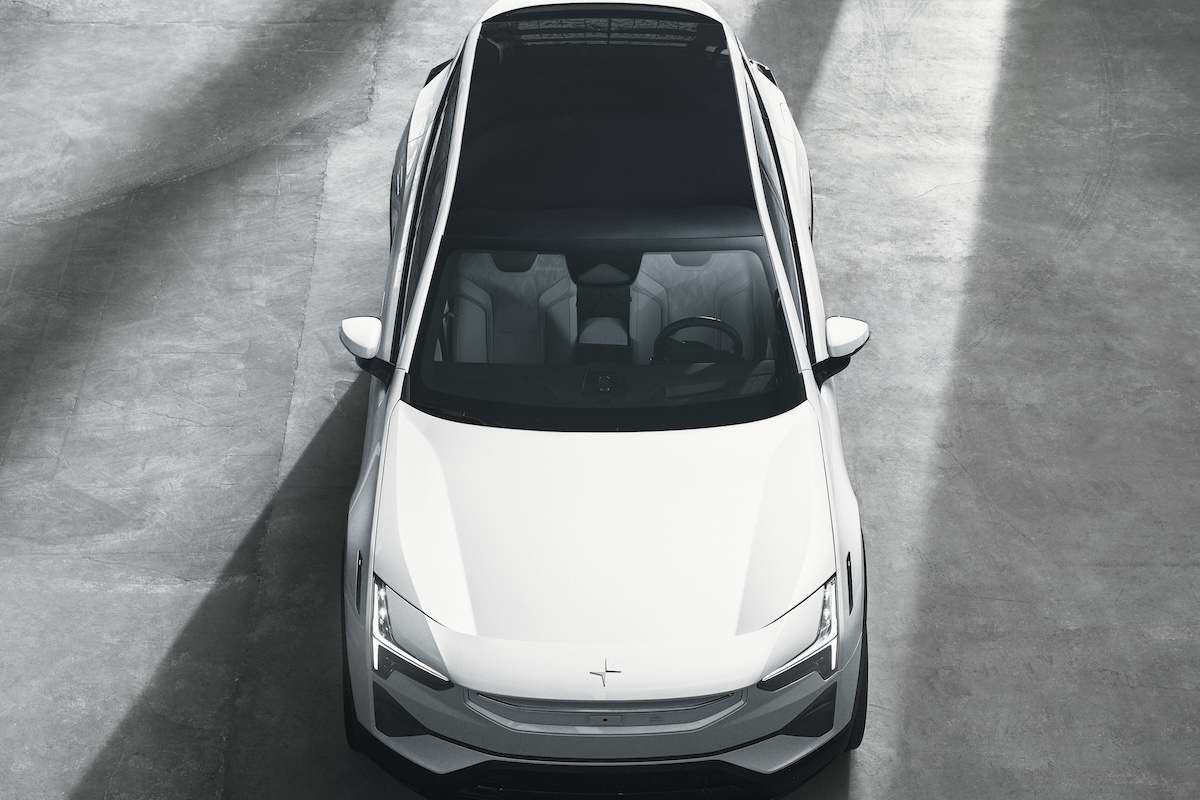
“This is a moonshot goal,” says Fredrika, “but the purpose of the project is really to develop climate neutral materials that will be pivotal not only for Polestar, but for the industry as a whole. Even if we get to 95 percent, it will have an amazing impact.” The core belief of the project is to focus on carbon elimination—rather than using carbon credits to “offset” its emissions through green projects. “It’s great that we have programs that are supporting forestry, cultivation and renewable energy production. We should do all of that. It will have a climate impact,” says Fredrika. “But it’s just a connection to a product that has been used in the wrong way. So we’re researching and innovating within the project, rather than buying a certificate that doesn’t really mean anything.”
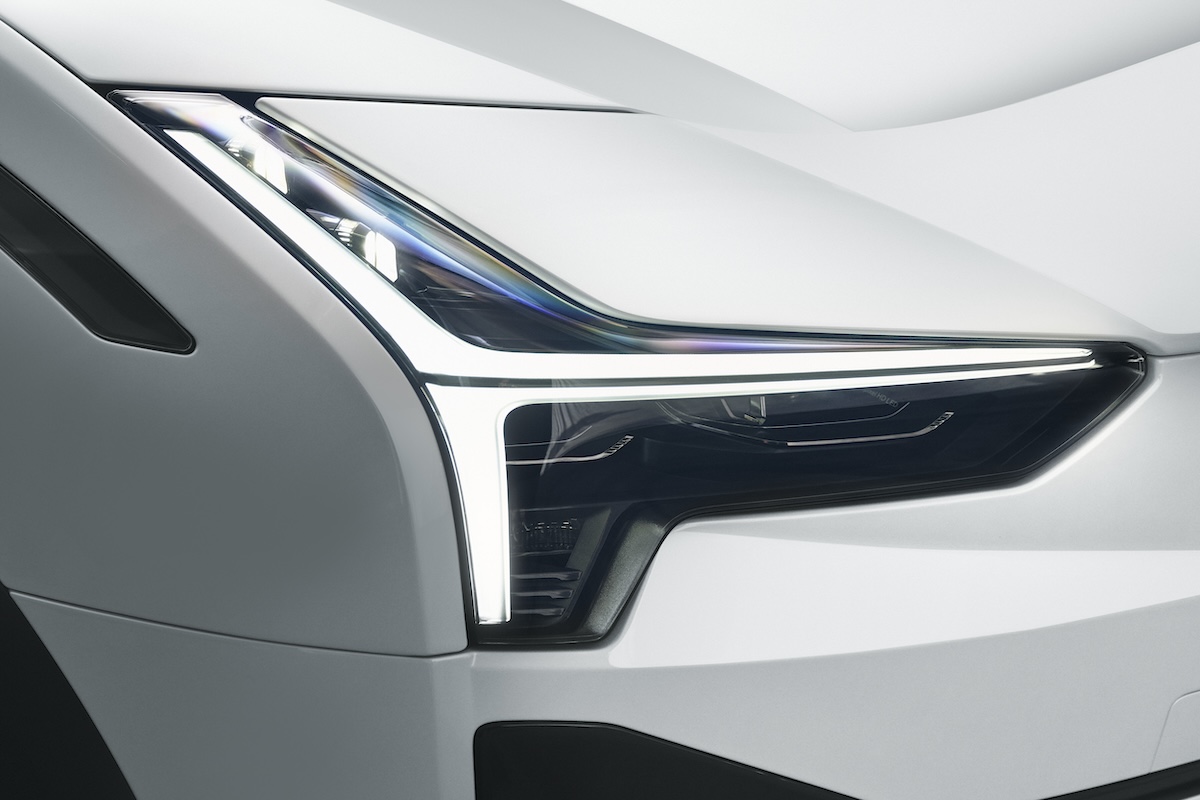
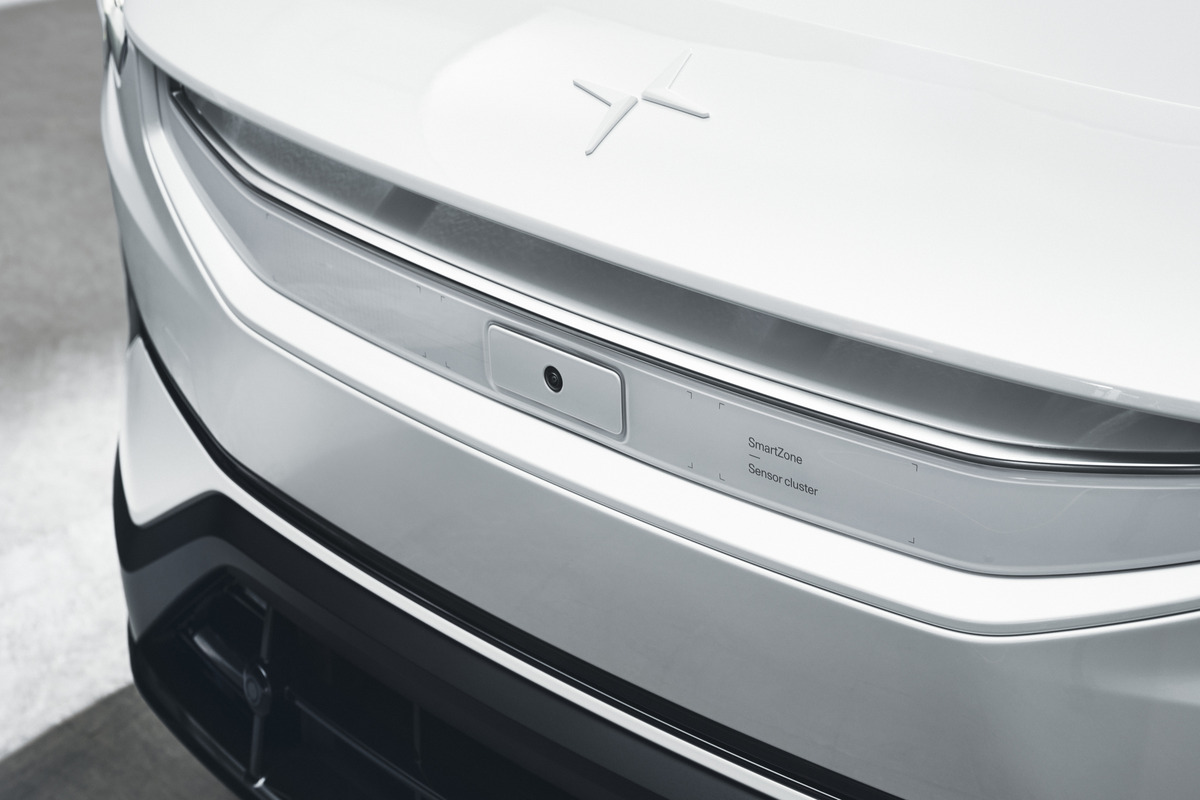
Since Polestar 0’s inception in 2021, Polestar has brought over 20 partners onboard to help it move closer to its goal, all of which are on the same page. “The partners that have joined Polestar 0 have joined because they believe in what we have set out to do. It’s very much a 50/50 collaboration,” explains Fredrika. “What I really love about it is when you put an engineer to the task, things start happening. But the engineers haven’t been put to the task before, previously they’ve been focused on quality or lowering costs. What we’re doing here is using this brain power we have together and asking them to eliminate climate emissions.”
This includes suppliers covering flat rolled and recycled aluminum, biomaterials, carbon neutral and fossil-free steel engineering, textiles and, crucially, rare earth minerals. As one of the largest carbon-emitting activities in production, the mining and making process for battery components is also being addressed. “If you go to the Nordics and you look at the way Swedish companies have developed the mining of the mineral used, you see that there are electric dumpers around in the mines,” Fredrika says. “If you look at the climate accounting of a mine, you can really start conceiving the different measures that would eliminate emissions. We have a British company mining rare earth elements, for example, and (the rare earth deposit developer) Pensana will join the initiative as well. They are really planning to bring in loads of renewable energy to their production sites to make this happen.”
As a Swedish electric performance car brand, Polestar says it prides itself on transparency, and it would seem Polestar 0 is the value’s poster child. The brand publishes the carbon footprints of all its models using a Life Cycle Assessment (LCA) that takes into account a range of factors, from supply to manufacture and recycling, and summarizes its footprint in one number. The measurement takes into account the EV’s “cradle-to-gate” emissions—essentially those produced during production. It’s with this LCA Polestar plans to measure its Polestar 0 project. Presumably, that means Polestar 0 would roll off the production line starting at 0 tons of CO2e, or perhaps even carbon positive—if successful.
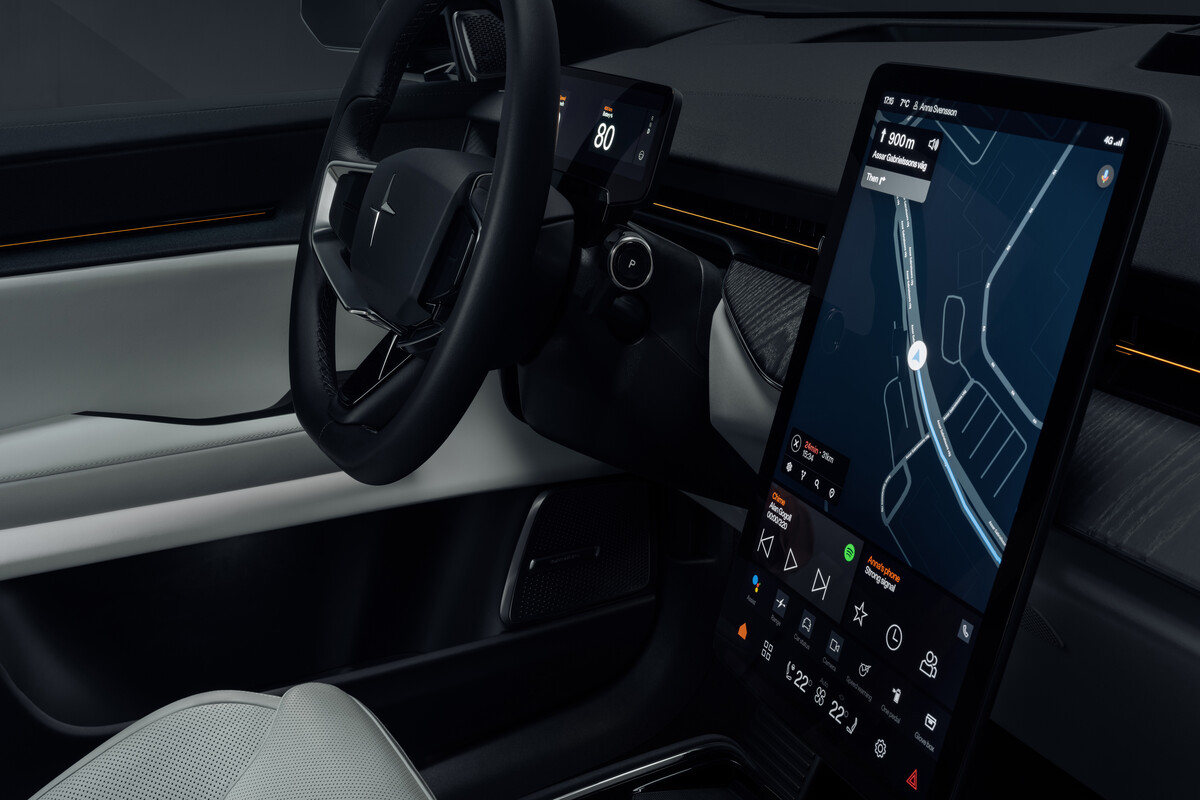
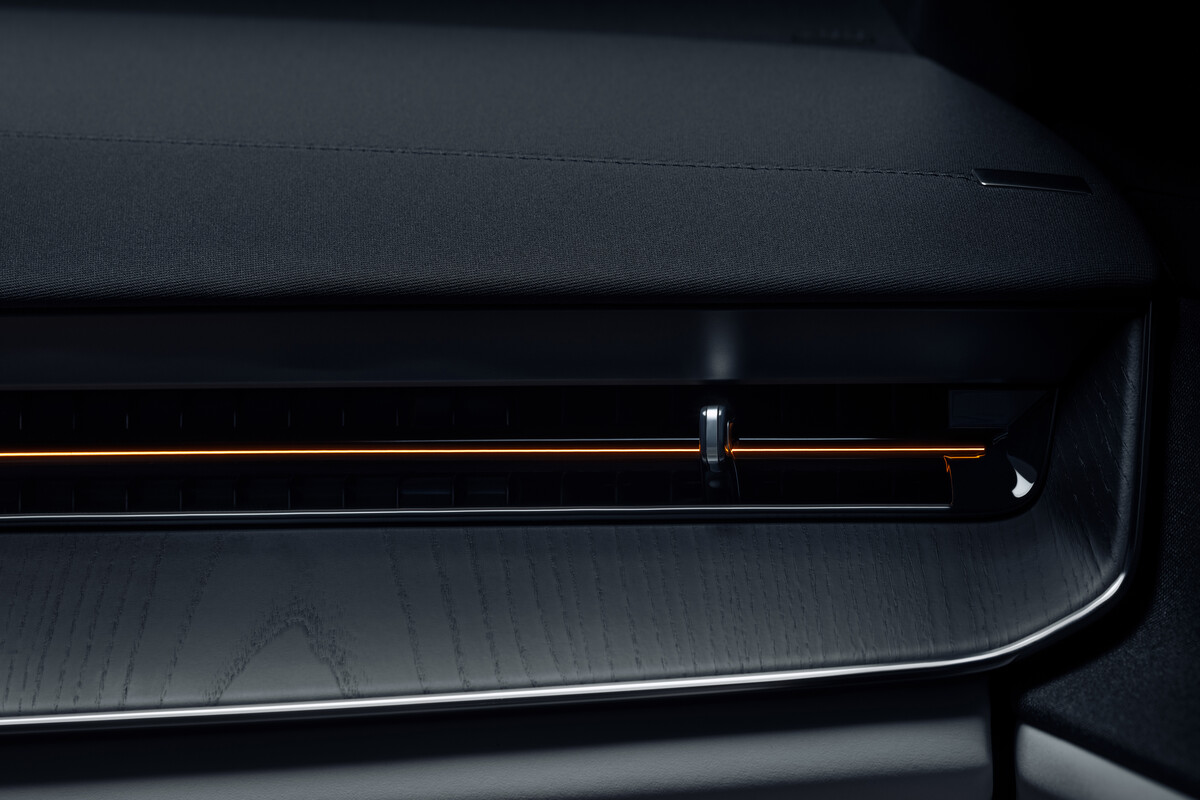
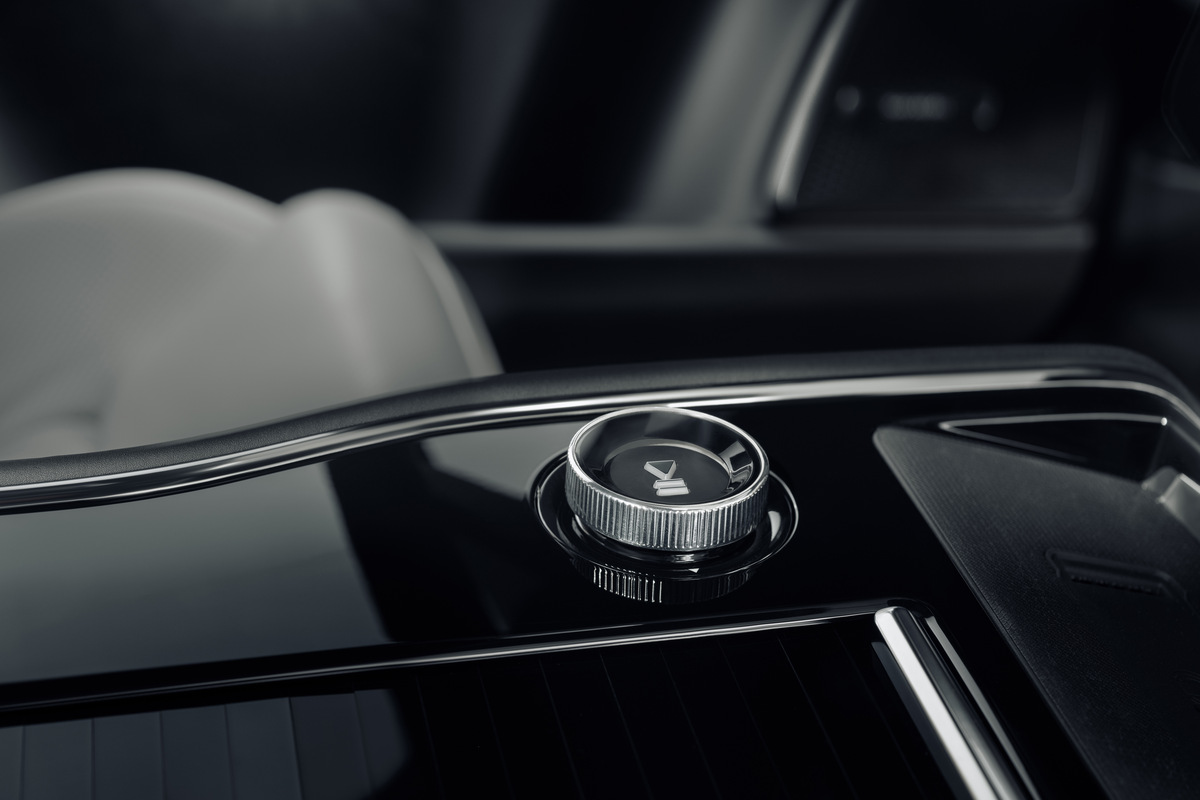
You can see the impact of its research beginning to show through other models. In 2022, the brand reduced its CO2e emissions per car sold by eight percent compared to 2021, and its recent 2023 model, Polestar 4, achieved the lowest carbon impact so far. That includes using new interior materials like tailored knit textiles made from 100 percent recycled PET (commonly from plastic bottles) and floor carpets made using ECONYL, which includes reclaimed fishing nets. It also uses bio-attributed vinyl that replaces crude oil with pine oil when made and NFPP for specific door trim panels that use 50 percent less virgin plastic. Polestar 4’s LCA has a footprint of 19.4 tons of CO2e at launch, a number steadily decreasing from 26.2 tons of CO2e for the Polestar 2 in 2020.
Polestar is already using blockchain technology to trace the lithium and cobalt it uses back to their source, in an effort to move towards transparent carbon neutrality. “We know that we have so many risks in our supply chains, which can be everything from environmental pollution to human rights violations, corruption to animal welfare, and so on. If we know where the materials are coming from, we can go in and check everything is acceptable,” Fredrika explains. “The problem is that many companies haven’t really asked where the material is coming from, especially in the mining industry. Blockchain creates transparency.”
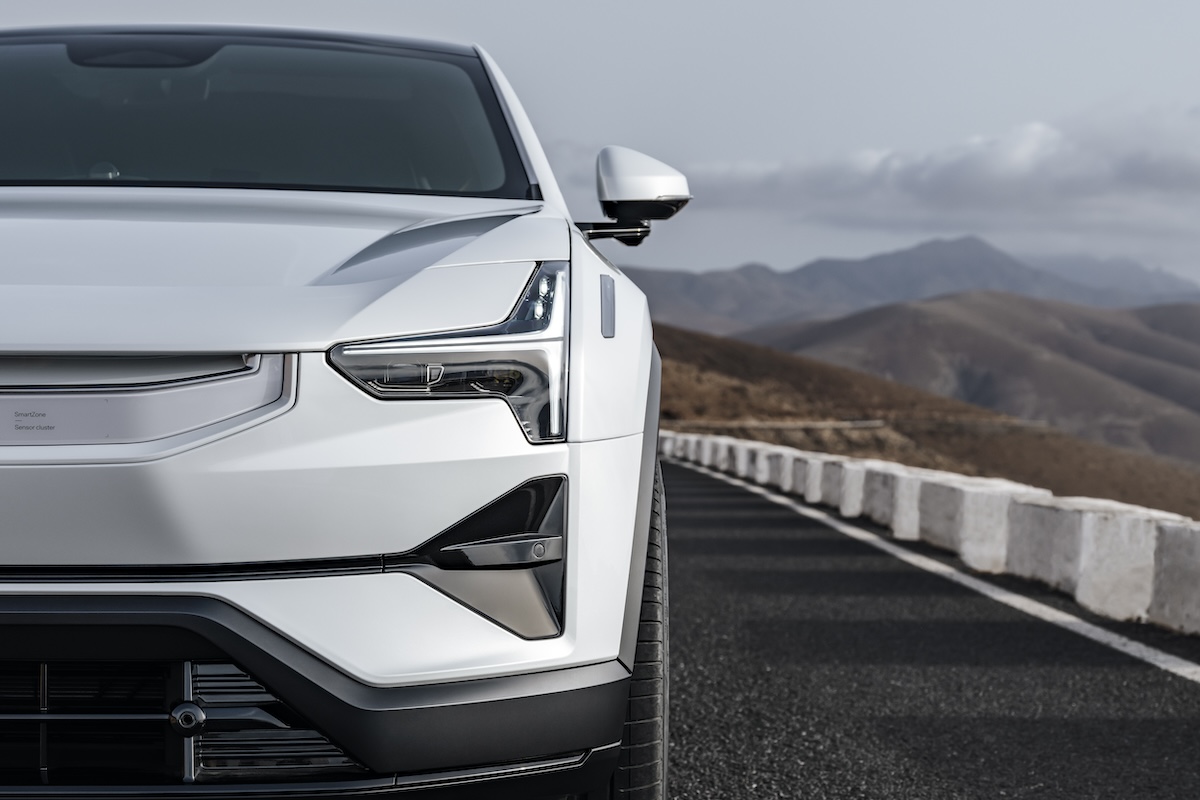
They are also hoping to rally the rest of the automotive industry, and to use collaboration between OEMs to improve sustainability as a whole. “When it came to climate, we asked: “What do we need to do, and what has the industry been asked to do?” And we didn’t really find an industry-shared view on this. So, we actually commissioned a report together with Rivian (a US EV maker) and a consultancy to figure out the carbon budget for the industry,” says Fredrika. “In that work, the findings were shocking—we are currently overshooting our carbon budget by at least 75 percent as an industry. We will spend all of it by 2030.” The report found three key levers that could help, among which one was to decarbonize the supply chain. It’s Polestar’s hope that this work won’t simply benefit its own brand, but the industry as a whole. “Supply chain projects like Polestar 0—figuring out how to produce materials that are climate neutral—have been met with such enthusiasm and curiosity. And we’ve spoken to a lot of other OEMs. It’s ongoing advocacy work. We’re not done at all.”
As for whether creating a truly climate neutral car is, in fact, possible, Fredrika has an answer: “We don’t know—but we’re certainly going to try.” Despite the uncertainty, this is the moral of the Polestar 0 project. If more brands take an attitude like this to sustainability within their portfolio, the world’s 1.5C degree target will surely fall easily within reach.

